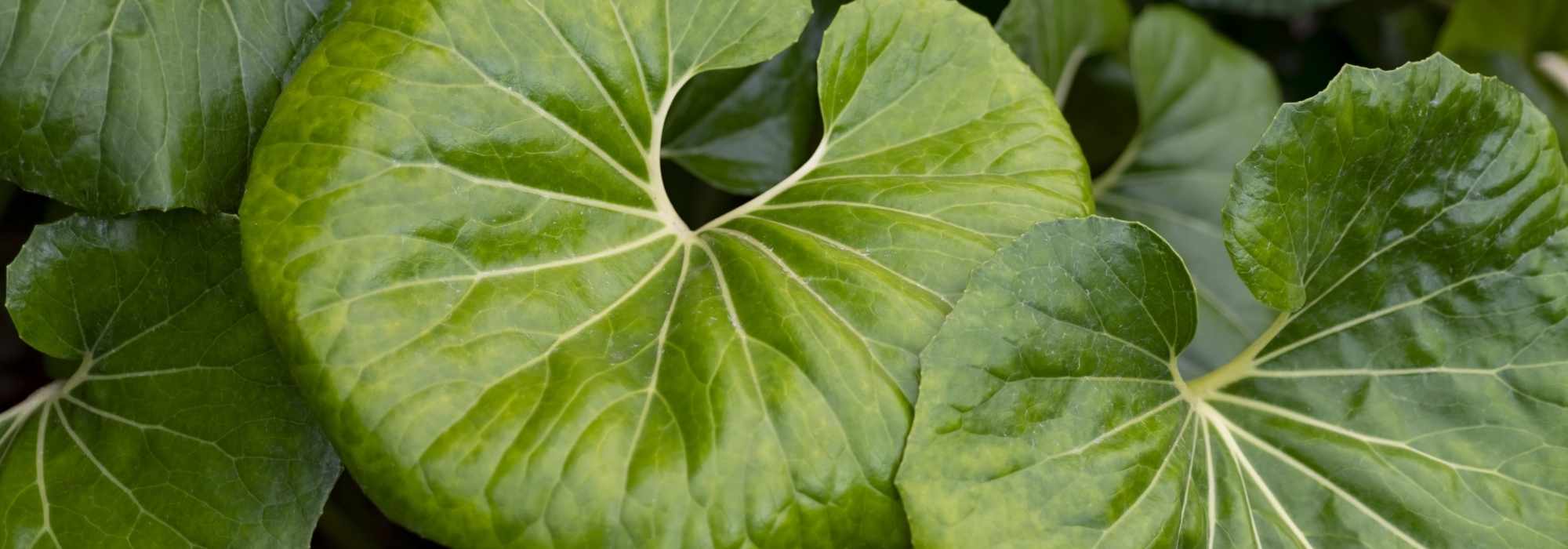
Growing Farfugium in pots
Bring some exotic flair to your balconies and terraces with the leopard plant
Contents
Fresh to moist ground plant, the Farfugium thriving in shady gardens is also stunning when planted in pots to enhance a patio or terrace. With its large, glossy leaves, it can contrast beautifully with horsetails, Fatsias, or the fine foliage of shade grasses. The almost tropical appearance is graphic, providing significant ornamental interest in a small space. For this specific growing condition, a few precautions are necessary to give your Farfugium the maximum freshness, essential for its flourishing.
Discover our tips for growing and maintaining a Farfugium in a pot.
Which variety to choose?
Farfugium is a large evergreen perennial with two species, Farfugium japonicum being the most common and widely available. Several varieties are easily identifiable and all grow well in pots, except for Farfugium japonicum ‘Giganteum’, which still deserves a place in the garden due to its impressive size (the leaves measure about 50 cm in diameter). The Farfugiums japonicum have the same needs, so you should preferably choose the species type with particularly glossy, rounded leaves, which is stunning and truly effective when surrounded by other graphic plants.
However, if you are collecting them or wish to add an even more distinctive touch to your balcony or terrace, then opt for the yellow-spotted species ‘Aureomaculatum’—the true leopard plant—or the irregularly variegated white one, ‘Argenteum’. These varieties have a less glossy and tougher appearance than the species type, and grow like Farfugium japonicum in a loose, opulent clump of about 60 cm in height.
The varieties with very undulating blue-green leaves, Farfugium crispata and Farfugium ‘Wavy Gravy’ also make a striking display in a beautiful pot; they are slightly smaller in size, with their foliage being more matte.

From top left to bottom right: Farfugium japonicum, Farfugium ‘Wavy Gravy’, Farfugium ‘Argenteum’, Farfugium ‘Amanogawa’ and Farfugium ‘Aureomaculatum’
What type of pot for a Farfugium?
The dimensions of your pot are crucial for this plant, which requires soil that remains cool and even constantly moist. Therefore, you will need to choose a large pot to provide maximum soil volume, allowing the Farfugium to accommodate its vigorous rhizomes. Aim for a minimum diameter of 40 cm with a depth that is at least equal.
The material also plays a role for this type of plant, which needs to retain coolness effectively. Glazed pottery is recommended, while a plastic container helps to retain moisture and remains lightweight. Un-drained pots are particularly effective in keeping the soil much cooler (but be careful, the soil must not be waterlogged either). If you like vintage containers, a large zinc washbasin works perfectly, provided you choose one without holes.

Un-drained terracotta or glazed stoneware pots, or zinc, make beautiful containers for a Farfugium
Discover other Farfugium
View all →Available in 1 sizes
Available in 1 sizes
Available in 1 sizes
Available in 2 sizes
Available in 1 sizes
What exposure and location?
The leopard plant needs shade or partial shade. Therefore, place its pot in an area that does not receive sunlight, which can damage its foliage. A North or East exposure is ideal. The yellow-spotted variety ‘Maculatum’ particularly enjoys shade and brings an interesting brightness to this area. Another pot, providing protection (a small bush, such as a Fatsia, which pairs well…) will be effective, especially to shelter it from winds. Farfugium is hardy down to -5°C in pots, so also ensure to bring it into a cold greenhouse in less clement regions.
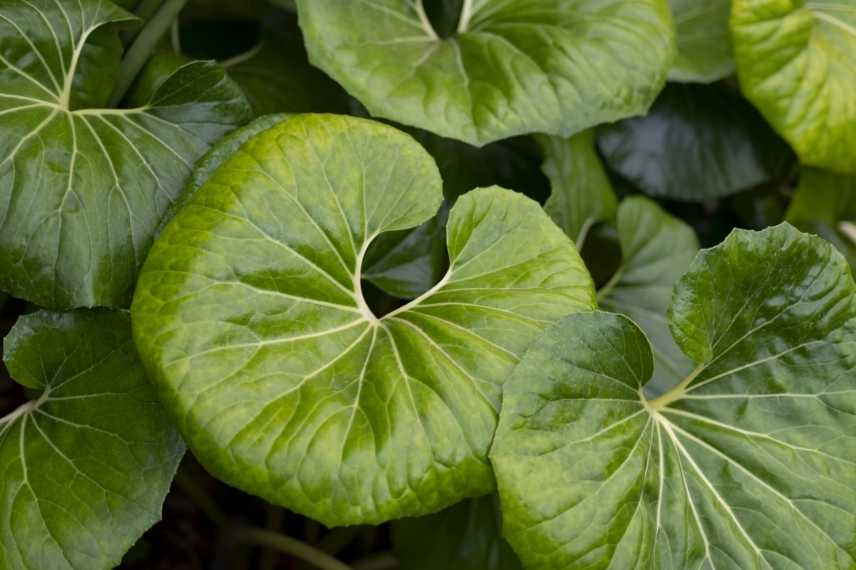 Farfugium japonicum</caption]
Farfugium japonicum</caption]
Read also
6 stunning pairing ideas with FarfugiumsWhat substrate to use?
For your Farfugium pot, it is ideal to make a mix of potting soil, rich garden soil, and compost or organic fertiliser such as manure if you can obtain it. The important thing is to provide your plant with maximum freshness through the substrate. An organic mulch like a layer of decaying leaves, which will decompose, providing both nourishment and freshness to the Farfugium, is highly recommended.

The substrate should be rich and fresh
When and how to plant?
When to proceed?
For pot cultivation, spring is the ideal time.
How to go about it?
- Soak the root ball of your Farfugium to properly moisten it.
- Take a large pot, ideally unperforated, 40 to 50 cm in size, to avoid repotting too quickly.
- Start by placing a drainage layer at the bottom of the pot (gravel, clay balls, etc.).
- Make a mixture of 2/3 potting soil or humus-bearing garden soil and 1/3 compost or organic fertiliser.
- Remove the plant from its pot and place it in the new pot, filling the gaps with your soil mixture.
- Water generously and place your pot in a shaded area.
- Finish with a layer of organic mulch spread over the soil.
Care for your potted Farfugium
- Watering and fertilising
Appreciating moist soils in its natural habitat, you must meet this essential need of the Farfugium by providing regular waterings to keep the soil consistently moist at depth. Depending on the size of your pot, you should water generously two to three times a week, more during periods of intense heat, allowing the substrate to dry slightly between waterings.
- Feeding
Farfugiums are greedy plants that require a soil rich in humus and fertility. Therefore, they need a fertiliser when grown in pots. An application of organic fertiliser or compost is recommended once a year, preferably at the beginning of spring. Don’t hesitate to perform a top dressing to give the plant an extra boost each year.
- Mulching
A layer of mulch spread around the plant is essential for the potted Farfugium, to keep the soil cool and better withstand summer temperatures. This can be clay balls, coarse chippings, buckwheat or cocoa shells, ideally an organic mulch that will decompose, or if you have nothing else, pebbles… in short, anything that will not leave the soil naked. Plan to increase this layer of mulch by adding a layer of dead leaves about 5 cm thick before winter, especially in less clement regions, as the Farfugium can withstand temperatures down to -5°C in pots.
Read also: Farfugium: how to protect it from the cold and winter it?
- Pruning
Remove the flowers once flowering is finished, in late autumn or winter, by cutting them back to the stem, as they detract from the beauty of the plant and its magnificent foliage. At the end of winter, if some leaves have been damaged, cut those as well.
- Repotting and propagation
In good growing conditions, your Farfugium will thrive and flourish with the right care. You will need to repot or divide it after 3 to 4 years.
- Subscribe!
- Contents
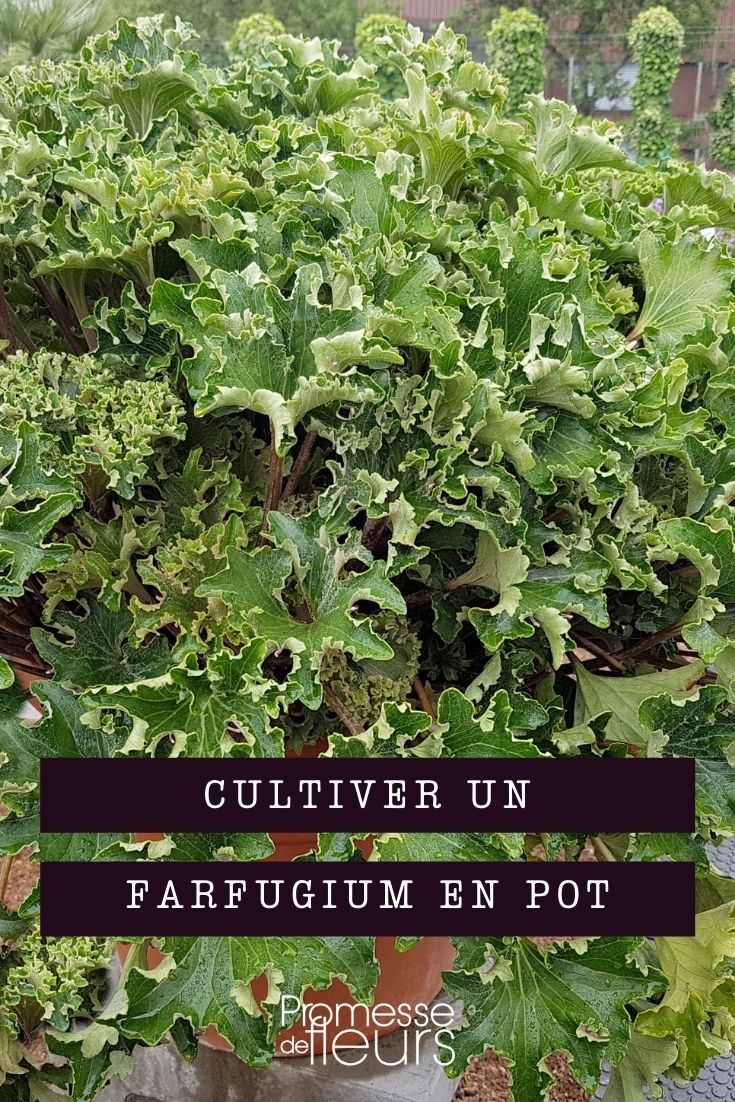

































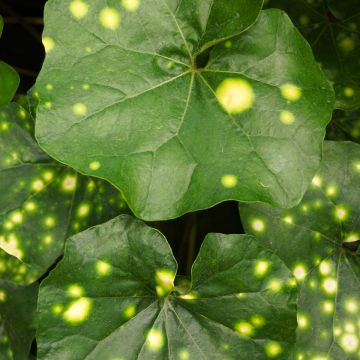
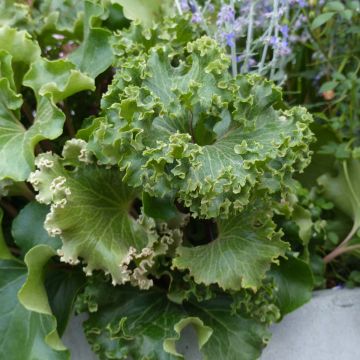
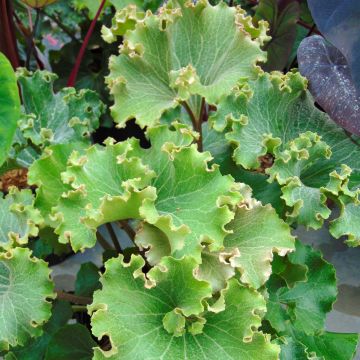
Comments